Bus Navigator Wavelengths X-ray Manufacturer Lavochkin Reference system Geocentric orbit | Website hea.iki.rssi.ru/SRG/ Launch date 2017 Regime Low Earth orbit | |
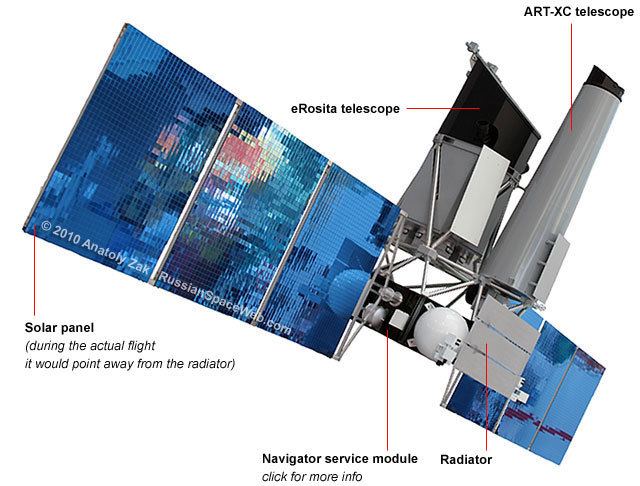 | ||
Operator Russian Space Research InstituteEuropean Space Agency, Max Planck Institute, University of Leicester Similar Gamma, Spektr‑R, Astron, Granat, Hakucho | ||
Spektr-RG (Russian for Spectrum + Röntgen + Gamma; also called Spectrum-X-Gamma, SRG, SXG) is an international high-energy astrophysics observatory, which is being built under the leadership of the Russian Space Research Institute (IKI). Spektr-RG instrumentation includes 5 telescopes spanning the energy range from the far ultraviolet to the hard X-ray, plus an all-sky monitor. As of April 2016 it is planned to launch from March 1 to April 14, 2018.
Contents
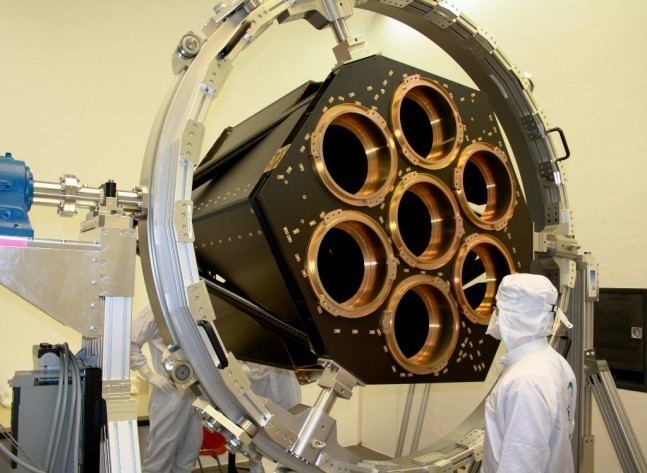
Development of an early version with the same name was cancelled in 2002. The second Spektr-RG is intended to study interplanetary magnetic field, galaxies, black holes.
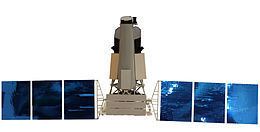
Spacecraft
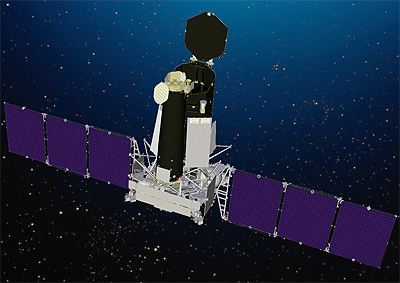
The Spektr-RG programme was revived in 2005 and the spacecraft was in final stages of assembly during 2016. As of mid-2016 and after repeated slippage in the schedule, instrument launch is scheduled for early-2018. The observatory is intended to study the interplanetary magnetic field, galaxies and black holes.
Earlier proposal
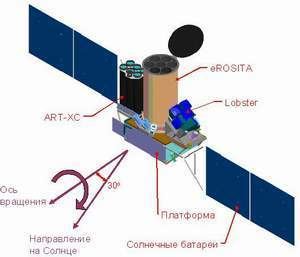
Development of an early version of Spektr-RG was started in mid-1990s and was cancelled in 2002. Initial launch date was set to 1995, but later postponed as far as 2008, until it was finally cancelled in 2002. However, some of the instruments have been completed, e.g., an X-ray telescope by Leicester University (JET-X) and an ultraviolet telescope by Tel-Aviv University (TAUVEX).
The satellite would have been launched into a 51.5 degree orbit with an apogee of 200,000 kilometres (120,000 mi) and a period of four days, by a Proton-K rocket with a Blok DM-2 upper stage.
